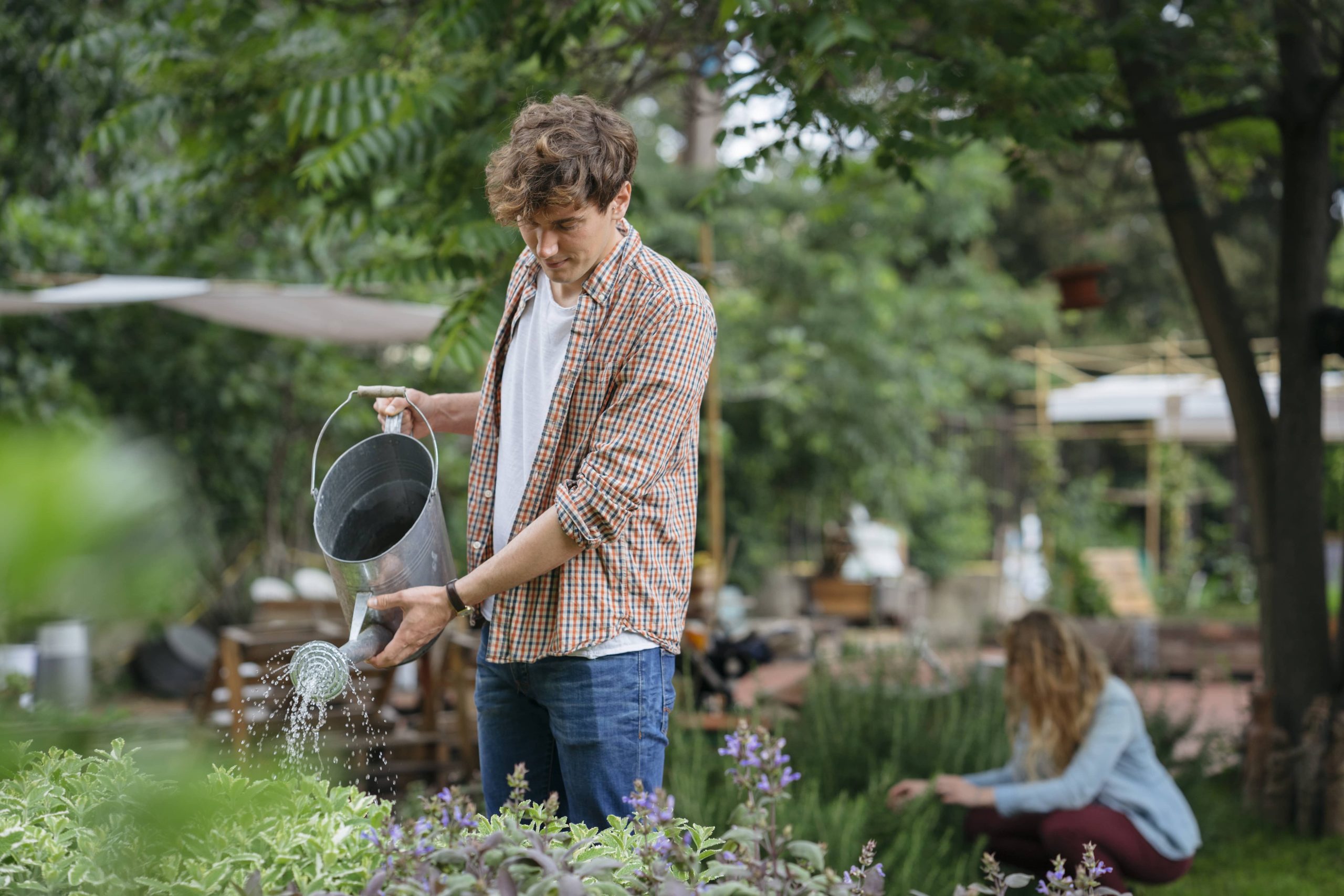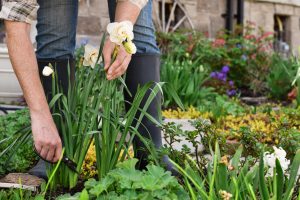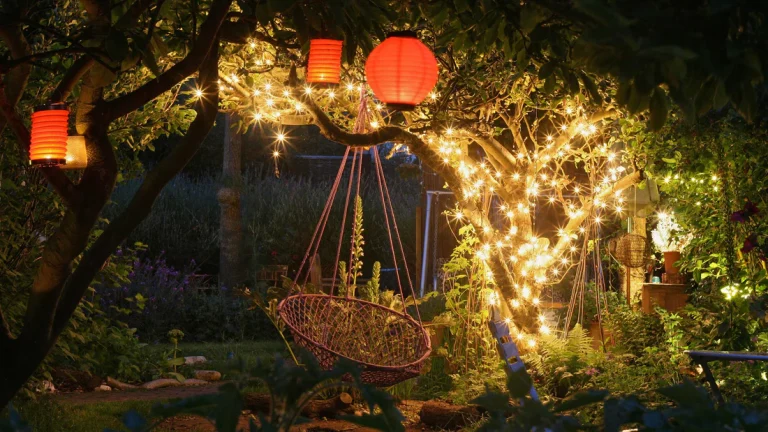
Creating a lush, green lawn is a common aspiration for homeowners and gardening enthusiasts alike. A well-maintained lawn enhances curb appeal, provides a welcoming space for outdoor activities, and can even improve the environmental quality around your home. If you’re embarking on the journey of establishing a new lawn, you might be pondering the eternal question in lawn care: should you choose seed or sod? Both methods have their merits and drawbacks, and the right choice depends on your unique circumstances and priorities. In this blog post, we’ll explore the advantages and disadvantages of both seed and sod to help you make an informed decision for your outdoor gardening and landscaping projects.
The Case for Seeding
1. Cost-Effective:
One of the most significant reasons to opt for seeding your lawn is its cost-effectiveness. Purchasing grass seed is generally much cheaper than buying sod. If you have a large area to cover and are working within a budget, seeding can allow you to achieve a high-quality lawn without breaking the bank.
2. Variety and Adaptability:
When you choose to plant seeds, you have a wider variety of grass types to select from. This flexibility allows you to choose species that are best suited for your local climate, soil conditions, and sunlight exposure. Moreover, you can mix different grass seeds to create a more robust lawn that is adaptable to various conditions or resistant to specific pests and diseases.
3. Long-Term Establishment:
Although seeding requires more patience initially, it often leads to a more firmly established lawn over time. As the grass grows directly from seeds in your soil, the roots tend to be deeper and more integrated into the earth. This deep rooting system can make the lawn more resilient to drought and require less frequent watering as it matures.
4. Less Labor-Intensive Initial Preparation:
Preparing your lawn for seed generally involves less initial physical labor compared to sod. While you’ll still need to adequately clear debris, till the soil, and provide nutrients, the actual laying of seed is less strenuous and less time-consuming than laying sod.
The Case for Sodding
1. Instant Gratification:
If you want an instantly green yard, sod is the way to go. As pre-grown patches of grass, sod provides immediate results and can transform your outdoor space overnight. This instant gratification is particularly appealing if you have any upcoming events or simply want to enjoy a perfect lawn without delay.
2. Erosion Control:
Sod is an excellent choice for areas prone to erosion since it acts as an immediate blanket over the soil. This covers and protects the ground, reducing the washing away of soil particles during rainfall or irrigation sessions. It’s especially beneficial for areas on inclines or slopes, where soil might otherwise be quickly eroded if left uncovered.
3. Weed Suppression:
Unlike a seeded lawn, which can be prone to weed invasion during the germination period, sod comes with a dense mat of grass that can suppress weed growth effectively. This means less time spent on weed control, especially crucial in the lawn’s critical early phase of development.
4. Season Flexibility:
While the growing season for seeding is somewhat restricted to certain times of the year depending on where you live (often late summer to early fall), sod offers more flexibility. As long as the ground isn’t frozen, sod can usually be installed at various times throughout the year, making it a versatile option.
Important Considerations
1. Time and Patience:
Seeding requires time and nurture. You’ll need to be patient as you wait for the seeds to germinate, establish, and grow. This can take weeks to months, depending on the grass species, soil conditions, and local climate. During this period, consistent watering and protection from foot traffic and pets are crucial to ensuring successful germination.
2. Initial Labor:
Laying sod requires more physical labor in a single session compared to seeding. Each roll of sod, which can be quite heavy, needs to be carefully placed and arranged to ensure proper rooting and avoid gaps. However, once laid, sod generally requires less immediate maintenance than seeded lawns.
3. Soil Preparation:
Whether you choose sod or seed, adequate soil preparation is key. This includes testing and adjusting pH levels, adding necessary amendments, and ensuring proper drainage. Both methods benefit immensely from a thoroughly prepared planting bed.
Final Decision: Tailoring to Your Needs
Ultimately, choosing between seed and sod depends on your specific needs, constraints, and preferences. If you are working on a tight budget and can afford the time for growth, seeding is likely your best option. Conversely, if time is of the essence and you can invest a bit more initially, sod might be the ideal choice. Consider your local conditions, level of labor you’re willing to undertake, and your long-term gardening goals.
By understanding the pros and cons of each method, you’re well-equipped to make a decision that will yield the beautiful, healthy lawn of your dreams. Whether you choose seed or sod, it’s important to remember that ongoing care and maintenance are key to sustaining a vibrant outdoor space. With diligence, patience, and informed decision-making, your new lawn will surely flourish, providing a captivating and functional landscape for years to come.













